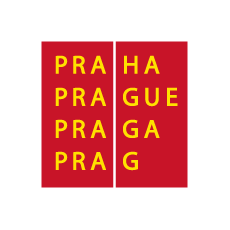Apollo, Leader of the Muses
This concert will take place with an audience in the hall.
You can already buy tickets now. For more information please click here.
Did you already purchase your tickets?
News tickets and instructions have been already sent. Should you have any questions, contact our Help desk +420 461 049 232.
The Prague Spring is streaming this concert live on this website as well.
Programme
- Igor Stravinsky: Apollon Musagète
- Wolfgang Amadeus Mozart: Clarinet Concerto in A major KV 622
- Francis Poulenc: Sinfonietta
Performers
- Prague Philharmonia
- Emmanuel Villaume - conductor
- Jörg Widmann - clarinet
Watch now!
The most miraculous productions of the human genius
Classicism and Neo-Classicism – this could conceivably be the subtitle of a concert combining Wolfgang Amadeus Mozart’s Clarinet Concerto in A major and works by two classics of the 20th century, Francis Poulenc and Igor Stravinsky, the 50th anniversary of whose death occurs in the spring of 2021. “We will be commemorating his music in various contexts throughout the festival,” says festival Director, Roman Bělor. This programme will see the joint collaboration of the Prague Spring’s Artist-in-Residence, German clarinetist and composer Jörg Widmann, one of the Czech Republic’s principal orchestras, the PKF-Prague Philharmonia, and its Chief Conductor Emmanuel Villaume. “Mozart’s music greatly influenced the two other works on the programme,” says Villaume. “With simplicity and grace, his Clarinet Concerto touches the human soul directly, and deeply. It is his last concerto and the only one he composed for his favourite wind instrument. At the risk of hyperbole, I would state that it is one of the most miraculous productions of the human genius,” he adds. “To be able to play music in Prague by one of the “saints of the city” is something quite exceptional for me,” Jörg Widmann confides.


Magical feeling of relevant but displaced modernity
The ballet in two tableaux Apollon musagète (Apollo, Leader of the Muses) was created in 1928 as a commission from American patron Elizabeth Sprague Coolidge for a music festival organised by the Library of Congress in Washington. In this work Igor Stravinsky (1882-1971) developed his artistic sensibility in an unexpected way when he directed attention towards the revival of a hitherto neglected melodic principle through pure Neo-Classical stylisation. Instrumental melody did not conform to the articulation of speech, nor the rhythm of breathing; his original melodic invention in monothematic variations betrays an exceptional sense of the way material can be remoulded, comparable perhaps only with Mozart. “Apollo was my largest single step towards a long-line polyphonic style,” Stravinsky noted in his Dialogues with Robert Craft. Earlier in his career he had stated the following: “… I was so much attracted by the idea of writing music in which everything should revolve about the melodic principle. And then the pleasure of immersing oneself in the multi-sonorous euphony of strings and making it penetrate even the furthest fibres of the polyphonic web.” (Chronicle of My Life)
Taken from Greek mythology, the story of the ballet is allegorical: Apollo, the leader of the Muses, presents each of them with one of the arts. Stravinsky chose the three Muses that were most important for music and choreographic art: Calliope, who received a stylus and writing tablet from Apollo as the embodiment of epic poetry; Polyhymnia, with her finger on her lips, representing pantomime; and Terpsichore, personifying both poetic rhythm and expressive movement, who reveals the eloquence of dance to the people and thus assumes a place of honour next to Apollo. The first tableau depicts the birth of Apollo. After a series of allegorical dances, arranged in the traditional style of the classical ballet (pas d’action, pas de deux, variation and coda), comes the final Apotheosis: Apollo leads the Muses, with Terpsichore out in front, to Mount Parnassus, their eternal home. Although the theme of the ballet is a celebration of dance, Stravinsky’s work primarily became a fixture on the concert platform after its American and European premieres in 1928 (27 April and 12 June respectively). “Apollon musagète is a musical tour de force ,” says Villaume. “Although clearly enveloped by its references to French Baroque and classical ballet music, it evokes a strange and magical feeling of relevant but displaced modernity.”
Acid test for true masters
Like the Clarinet Quintet in A major K 581, which Jörg Widmann will perform on 22 May during his residency at the Prague Spring, Clarinet Concerto in A major KV 622 by Wolfgang Amadeus Mozart (1756-1791) quickly became a fundamental and essential part of the clarinet repertoire, despite the fact that it is one of the very first concertos for this instrument and it’s even conceivable that it was intended for the basset horn (possibly also for the basset clarinet). It was written at the request of Mozart’s friend, clarinetist Anton Stadler, who premiered the concerto in Prague on 16 October 1791. This well-known Classical work, with its dash of Romanticism, is written for an instrument Mozart loved best of all. In its intimacy gently anticipating Romantic elements in the Adagio, and its endearing playfulness and well concealed inner drama in the outer movements, the piece continues to represent the acid test for true masters of this instrument.
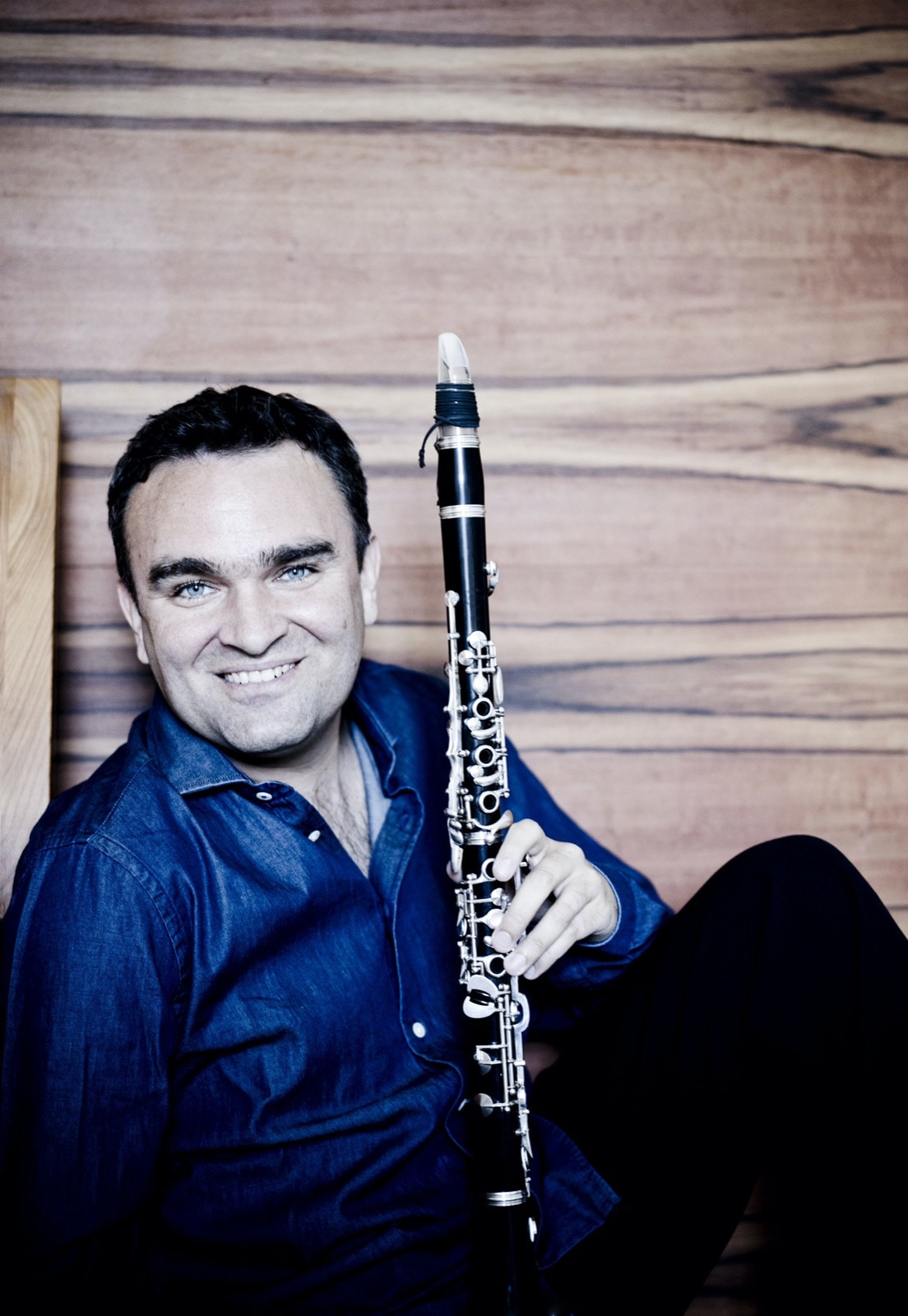
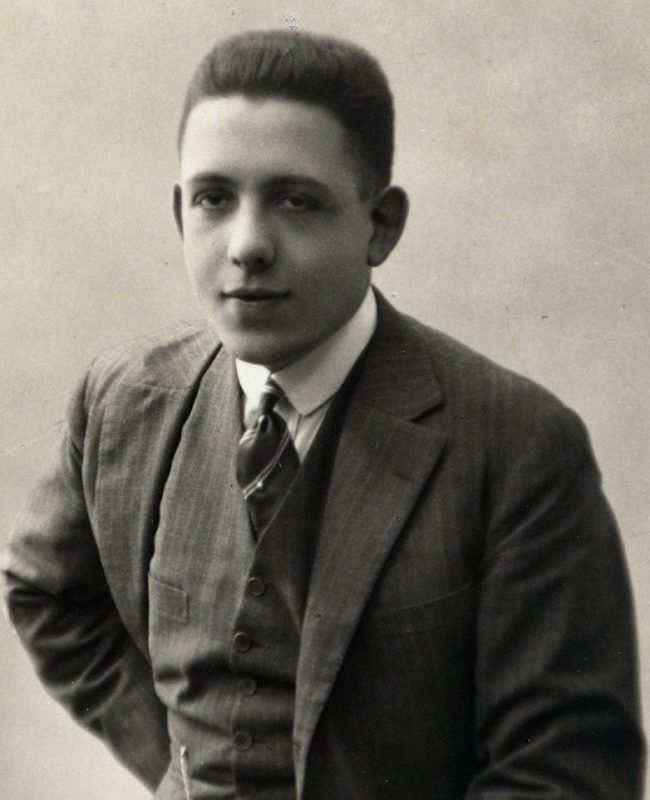
Don’t analyse my music – love it!
When Roger Désormière (1898-1963) conducted the BBC Symphony Orchestra in the highly acclaimed premiere of Poulenc’s Sinfonietta in London in 1948, its graceful, enchanting French music filled with dance rhythms strengthened his international reputation to an even greater extent and also led to the huge success of the composer’s tour of the United States. Sinfonietta is the only symphonic work that Francis Poulenc (1899-1963), a member of the famous Parisian group Les Six, produced in his career – and this only at the request of friends after considerable persuasion on their part. The work has four movements: Allegro con fuoco, Molto vivace, Andante cantabile and Très vite et très gai. The music strongly conveys joyful temperament, French charm and Poulenc’s overarching melodic invention, which Maurice Ravel had admired in the promising composer early on. Not even Poulenc could ever be attributed with one-sided frivolity. Like Mozart, with whom he has much in common, he was well able to conceal the inner drama, which only rises fiendishly to the surface once in a while, as in the aggressive moments of the Sinfonietta’s introductory Allegro and in the close of the scherzo, and it also pervades the wistful lines of the Adagio. “Even though Poulenc’s Sinfonietta emerged as a tribute to Mozart and Haydn, it casts its eye towards Stravinsky’s Neo-Classical style,” says Emmanuel Villaume, conductor for the evening. “It resists categorisation. The closest work to a symphony that Poulenc wrote, it is infused with verve, élan and at times, even irreverent wit. It contains some of the most beautiful symphonic colours and melodies of a maverick composer beloved for his singular and affable voice. It is a pure jewel of joyous, genial and juvenile generosity,” he adds.
In France Poulenc’s solitary symphonic work was panned by the critics, ostensibly for its banal melodies, eclectic harmonies, and the composer’s striking inability to handle the symphonic form. Yet the most important thing for Poulenc had always been the reception of his music by his friends and by the audience for whom he composed. And this recognition was just as fervent at home in France as beyond its borders. For this reason he was quick to respond to his critics: “Don’t analyse my music – love it!”

Emmanuel Villaume
Emmanuel Villaume has been Chief Conductor and Music Director of the PKF-Prague Philharmonia since the 2015/2016 season, and in the autumn of 2020 he began his eighth season as Music Director of the Dallas Opera. Together with the German soprano Diana Damrau he won the prestigious 2017 ECHO Klassik award in the opera album category for a recording of Meyerbeer arias, and in December of that year he conducted Puccini’s Tosca at New York’s Metropolitan Opera as part of the popular series The Met: Live in HD, which is broadcast to more than 2,000 theatres and cinemas in 73 countries.
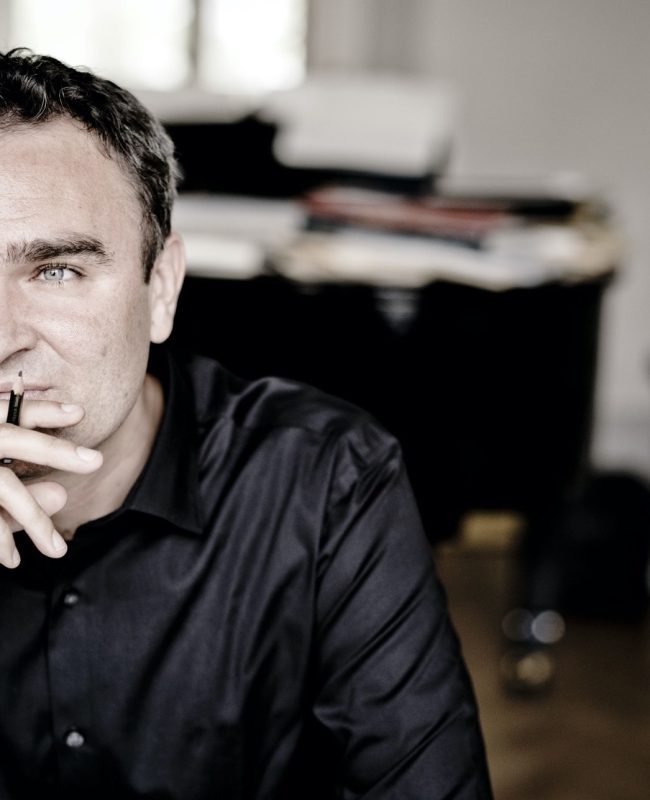
Artist-in-Residence Jörg Widmann
“It’s a great honour to be asked to assume the role of Artist-in-Residence at the Prague Spring. I’m delighted to accept it,” says German clarinetist and composer Jörg Widmann. “My work has taken me to virtually all the world’s music centres, but never to Prague, the city coveted by all those who love literature and music.” Widmann’s residency will include three concerts highlighting favourite composers who were key to his composition work, and featuring examples of his own music.
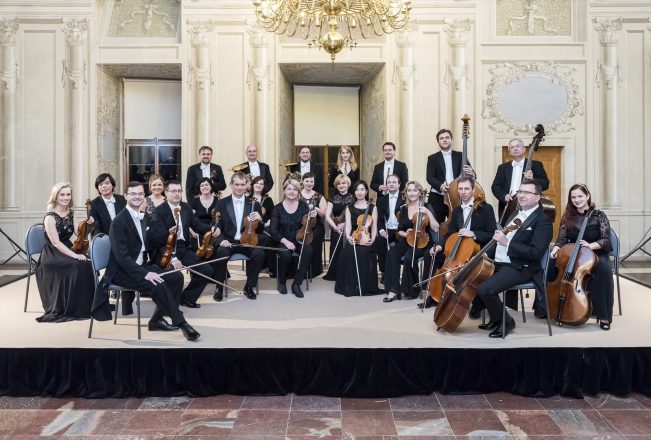
PKF – Prague Philharmonia
The PKF – Prague Philharmonia was founded in 1994 on the initiative of conductor Jiří Bělohlávek under the original name Prague Chamber Philharmonia. Today it is one of the most recognised orchestras, not only among Czech but also world ensembles. The orchestra’s key repertoire is rooted in Viennese Classicism, complemented with works from the Romantic period and the 20th century. Where the Czech environment is concerned, the PKF has paid particular attention over the years to the music of Bohuslav Martinů. The orchestra also focuses on pieces by contemporary composers, from whom it regularly commissions new works.
This concert is held with the financial support of the Czech-German Future Fund.




